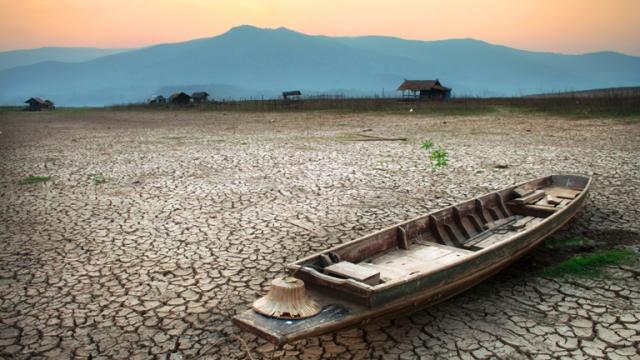
Usually, migration is understood as a movement of people, in context of various social, economic or political developments. All of which though true, discount the role of environment in larger scheme of things here. From time immemorial, the dynamics of society have been deeply engraved by the climatic dispositions of the environment. Whether it is the way one dresses, what one eats or for that matter even the way a deceased would be put to rest— in other words, local culture is deeply influenced by the environmental forces.
Often, migration is thought to have stemmed from the quagmire of non-development. However, that very non-development is also a result of climate change. Imagine setting up an industrial cluster or an agricultural ecosystem in the middle of Sahara Desert or for that matter in the Changtang region of Tibetan Plateau. Given the harsh climate and the consequential environmental conditions, even human population in these regions is sparse. Clearly, then climate plays a major role in the very survival of the mankind and his activities.
In such a scenario, climate change in the habitable regions poses a great threat to international community. Significantly, it is not a new phenomenon either. A deeper study of the Sarawati civilization (more popular as Harappa or Indus Valley civilization) reveals that increase in temperatures resulted in drying up of river Saraswati. This river served as a lifeline for our human ancestors who then were forced to migrate, as their means of livelihood took a direct hit. Same is the case with Mesopotamia (known as cradle of civilization— which was home to the Sumerian, Akkadian, Babylonian, and Assyrian empires), Norse civilization of Greenland (Vikings), classic Maya civilization and Khymer of Cambodia. All of them had the same pattern— decades of drought or violent monsoon floods followed by a drying period which led to unsustainable agriculture, aggravated environmental problems, declining trade, increased armed battles, natural disasters etc. The combination of factors reinforced by climate change at every step pushed people towards migrating to safer and milder climate zones.
Notably, in the above mentioned cases the climate change was local, unlike the present times where it has become a global phenomenon and there is no other earth either where we can shift to as and when needed. Ominously, here the climate change is more anthropogenic and less of a natural cycle as in earlier times, escalating the migration trend accompanied with social disorders. Madagascar is emblematic of the same.
Madagascar is one of the most climate-affected countries in the world, experiencing an amplified frequency of extreme weather events. This has come down heavy on human health and safety, availability of natural resources, economic activities, and basic infrastructure. In fact, this has also led to high rate of human trafficking of Malagasy people within the island nation and internationally. These are aspiring migrants looking for better life chances falling prey to the traffickers; and later subjected to forced labor in agriculture, mining, fishing sectors along with domestic servitude, prostitution and forced begging. The government and inter—governmental organizations are now working towards streamlining responses to such social maladies, environmental challenges and weak economy as well, through better migration management and development policies.
The two concepts, Migration and Climate Change, are very much interlinked to one another, albeit in a subtle way. Climate has the ability to compound human hardships and create additional threats in milieu of migration and social abscesses, such as those of human traffickers or for that matter human poaching by fundamentalist outfits. Thus, human adaptation to the changing climate is supremely importantly in this context; with international organizations and governments working towards establishing a streamlined migration process for those affected. Of course, awareness on climate change and people’s movement and their association should be very much addressed as well to alleviate people out of misery, propelling them into action towards a better future.
